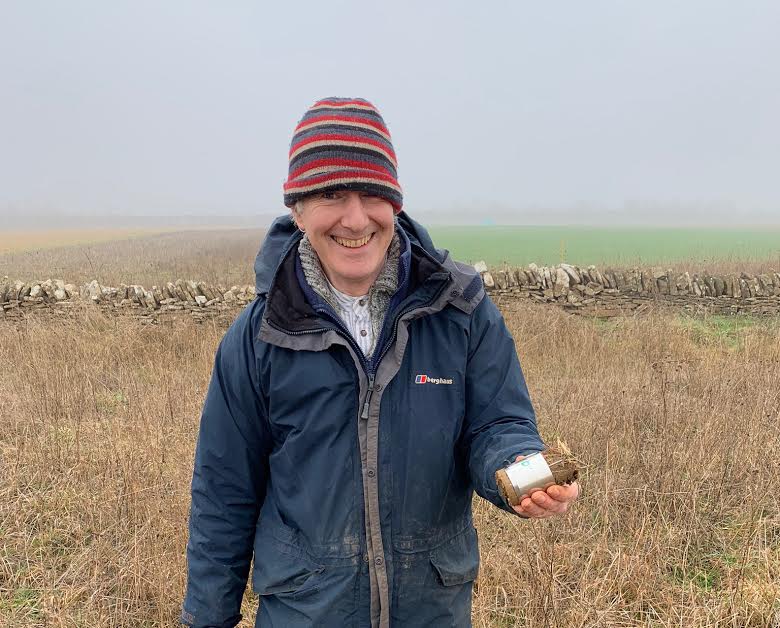SARIC & NIAB Restoring Soil Quality Through the Reintegration of Leys and Sheep into Arable Rotation




RESEARCH PROJECTS & TRIALS
SARIC & NIAB Restoring Soil Quality Through the Reintegration of Leys and Sheep into Arable Rotation
Aim: Many farms are reintroducing mixed farming into arable rotations, hoping to improve soil quality and control herbicide resistant weeds like black grass. This project will research the effects of reintroducing sheep into arable rotations on soil quality and farm sustainability, comparing species-rich herbal leys and grass-clover leys.
Partners: BBSRC, SARIC (Sustainable Agriculture Research & Innovation Club) NIAB (led by Dr Lydia Smith), University of Sheffield (led by Professor Jonathan Leake) Bangor University (led by Prof Davey Jones), Rothamsted Research (led by Adrien Collins), Loughborough University (led by Dr Ian Pattison), University of Birmingham (led by Dr Sami Ullah), Centre for Ecology and Hydrology (led by Dr Lisa Norton) and Cotswold Seeds/FarmED (led by Paul Totterdell).
Duration: 4 years (2018-2022)
This 4 year interdisciplinary project seeks to address the following aims:
- Effects of ley type and sheep grazing on soil quality-split field experiments: With a network of participating farmers, compare the effects of herb rich leys with traditional grass clover leys, under sheep grazing versus mowing, on soil quality (water storage, nutrient cycling, earthworms, herbage production, sheep production and helminth pathogen load.)
- Effects of reducing tillage after leys on soil quality and crops: Determine whether direct drilling offers benefits over min-till on ploughing on subsequent arable crop production and soil quality following leys (including assessment of yield, nutrient use efficiency, weeds, diseases and pets) in the farm-based trials.
- Farm-scale cost-benefits analysis: Evaluate the environmental and economic cost-benefits of the different systems, assessing the input costs and farm gate output values, including nutrient use efficiency of the different approaches.
- Landscape effects and farm payment policy implications: use the data to model the landscape-scale effects of diversified rotations on soil quality improvements, flood and pollution risks; and farm payments to properly reward best practices.
Key Questions to be addressed:
Are herbal-rich leys better than grass-clover leys for soil and crops? Is grazing preferable to mowing for soil health and profitability? Is it best to maintain leys for 3 years or can this be reduced to 2 years depending on ley type, mowing vs grazing and tillage?
Anticipated benefits to soil of leys to be studied:
Increased earthworm populations and organic matter, improved structure, increased water-holding capacity, improved drainage.
Anticipated benefits to crops:
Increased yields, better root growth, less nitrogen fertiliser, greater resilience to drought and flooding risks, reduced black grass and other problem weeds, improved gross margins after ley - these benefits being extended by no-tillage.
The experiments will use a single split field on each farm. The final two years will involve growing winter wheat on direct drilled or conventionally tilled strips across the leys.
Soil Testing:
Farmers participating in the research will receive detailed soil quality assessments over the 4 year project to understand the effects of the different management systems.
Date Posted: 21st March 2019



